California’s Forgotten Seahare: The Taylor’s Seahare
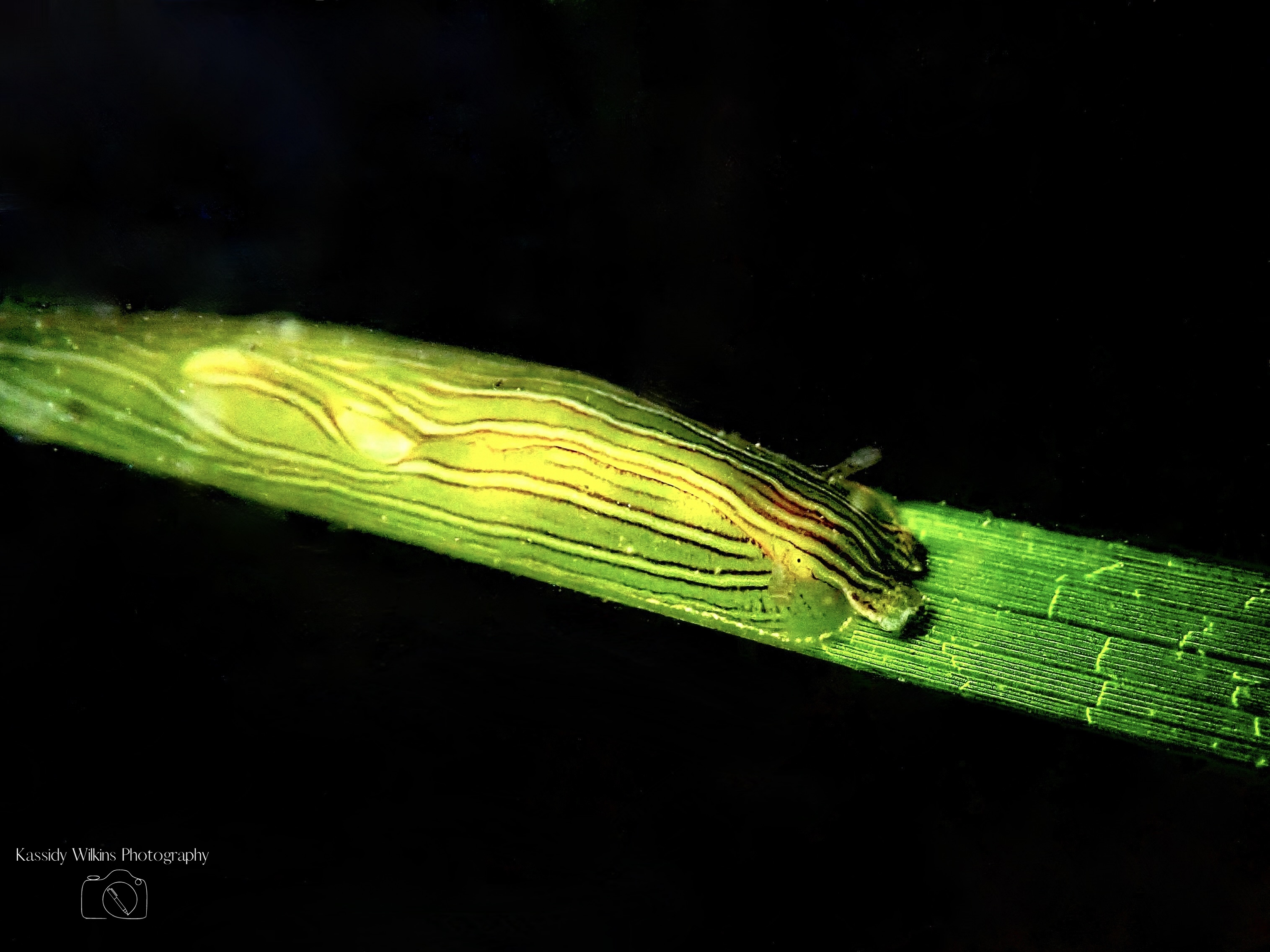
You know I love a cryptic species, the incredibly specialized that perfectly match their surroundings and are difficult to spot. The cryptic corambes are some of my favorite nudibranchs; the Taylor’s seahare, or zebra leaf slug, is one of my favorite seahares.
Both the common names above are recognized for this species, along with a few others. Personally, I think the common name “zebra leafslug” is way cooler and more descriptive than the Taylor’s seahare, but since this animal is most often called by the latter name, that is what we will use.
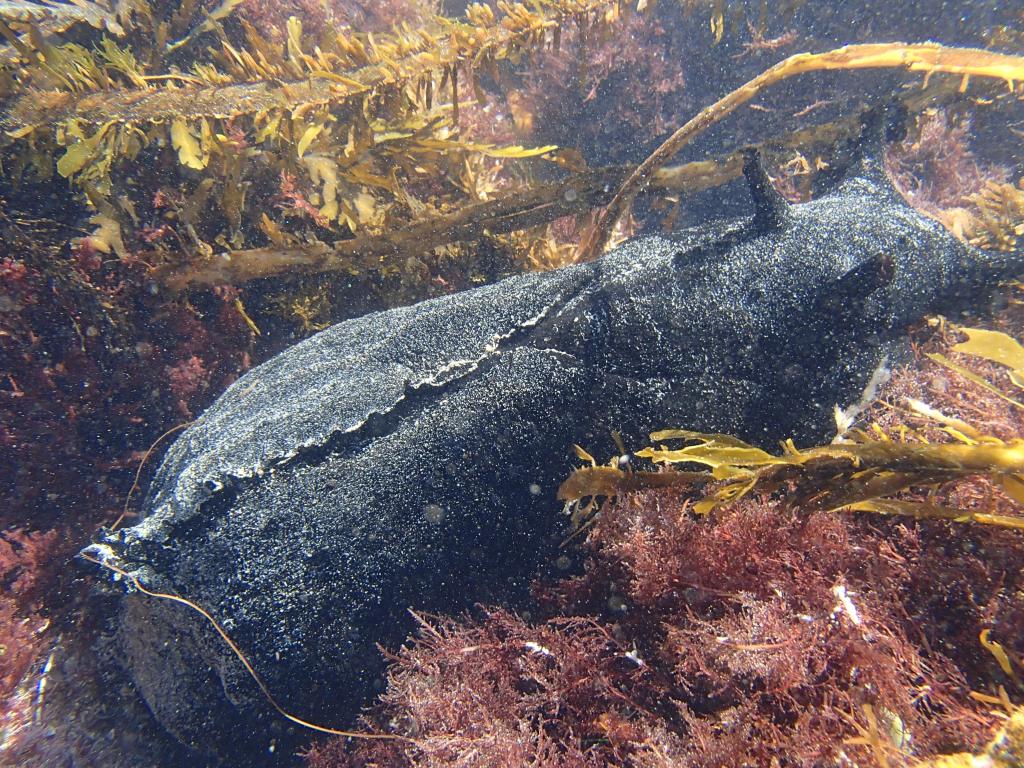
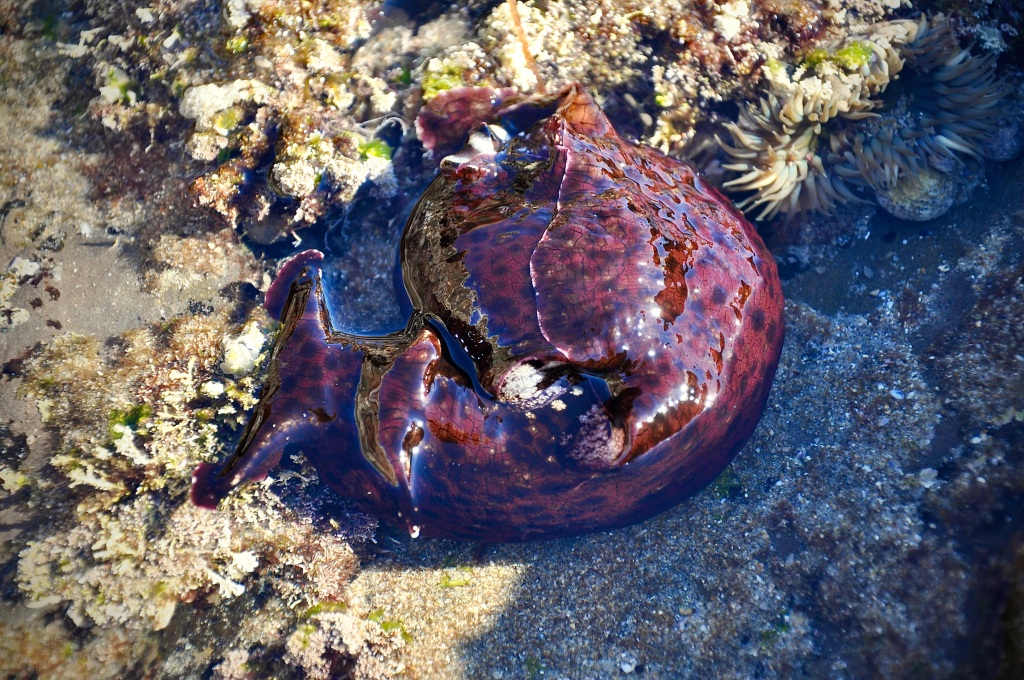
On the California coast, most tidepoolers are quite familiar with seahares. Two prominent species, the very common California seahare (Aplysia californica, left) and the less common but larger black seahare (Aplysia vaccaria, right) are frquently found on rocky shores. However, a a third species of seahare occurs in California but is relatively unknown and certainly noticed less often. This is the Taylor’s seahare (Phyllaplysia taylori), a small, flattened slug that makes its home on the eelgrass growing in clam bays and estuaries. Not only are Taylor’s seahares beautiful and fascinating creatures, they also play a vital role in maintaining coastal ecosystems. But hardly anyone knows they even exist.
Quick Facts:
- This slug is a seahare, feeding on plant matter instead of other animals like nudibranchs
- Lives almost exclusively on eelgrass, a unique and important habitat
- Thought to be an annual animal, with a life span of less than a year, much like annual plants
- Superbly camouflaged with aligned with a blade of eelgrass.
Appearance
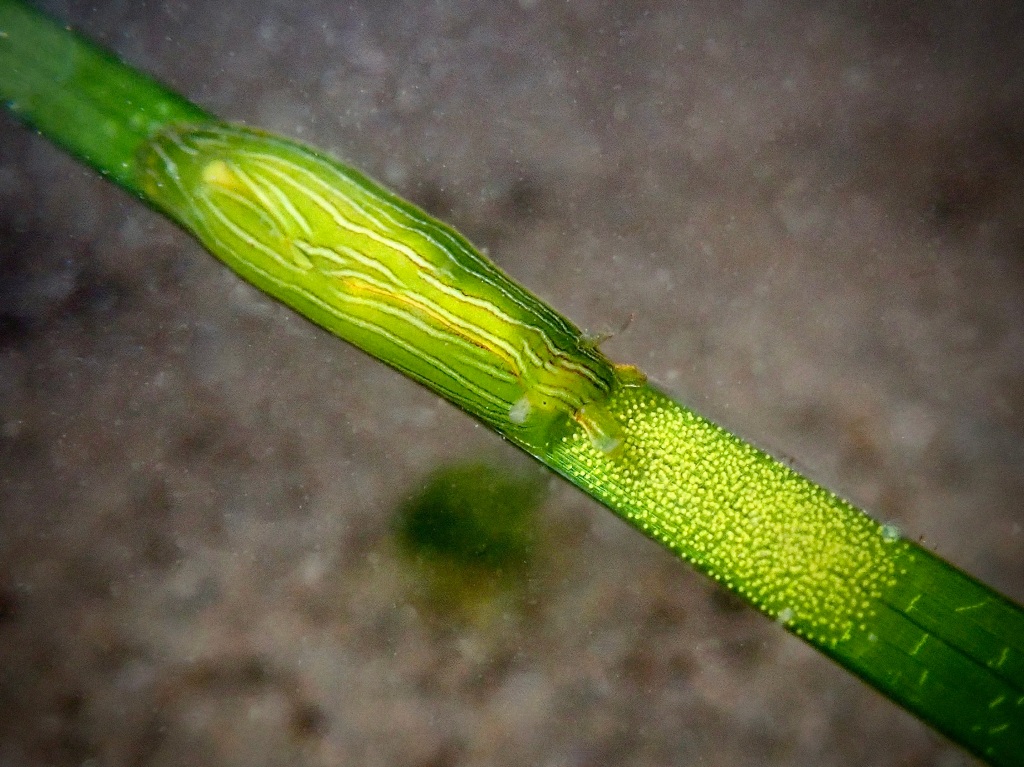
The Taylor’s seahare is striking when observed up close or through a macro camera lens. There are two major color morphs, one bright green and the other pale yellow. All have black and/or white stripes that run parallel to their body but some, particularly in the northern populations, also have perpendicular stripes along their flanks.
They are relatively small for seahares, maxing out at a few inches in length, and have flattened bodies that help them camouflage into their eelgrass homes. The rhinophores and oral tentacles are short, and two small eye spots make a characteristically seahare-looking face.
Diet
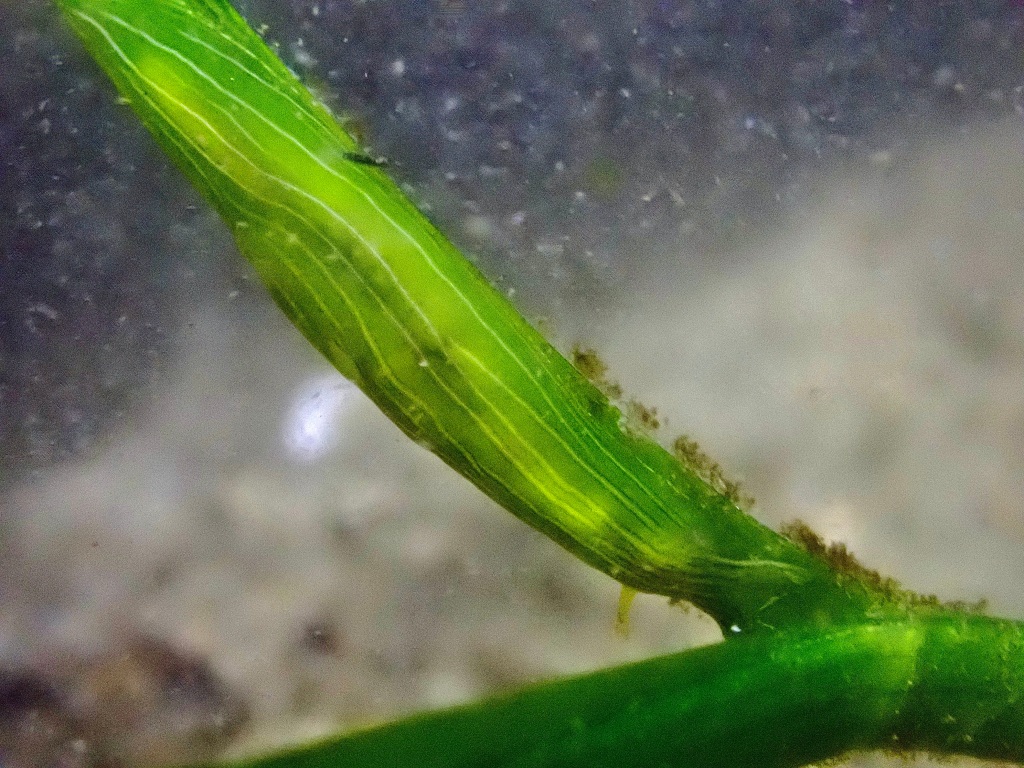
Taylor’s seahares eat eelgrass epiphytes, that is plant or plant-like organisms that grow on other plants. Diatoms and micro-algae make up most of this seahare’s diet as it grazes on blades of eelgrass. These epiphytes coat eelgrass, preventing it from receiving adequate sunlight if left unchecked. For this reason, the Taylor’s seahare plays an important role in maintaining the health of eelgrass beds that would otherwise be overrun with epiphytes and die.
Habitat and Range
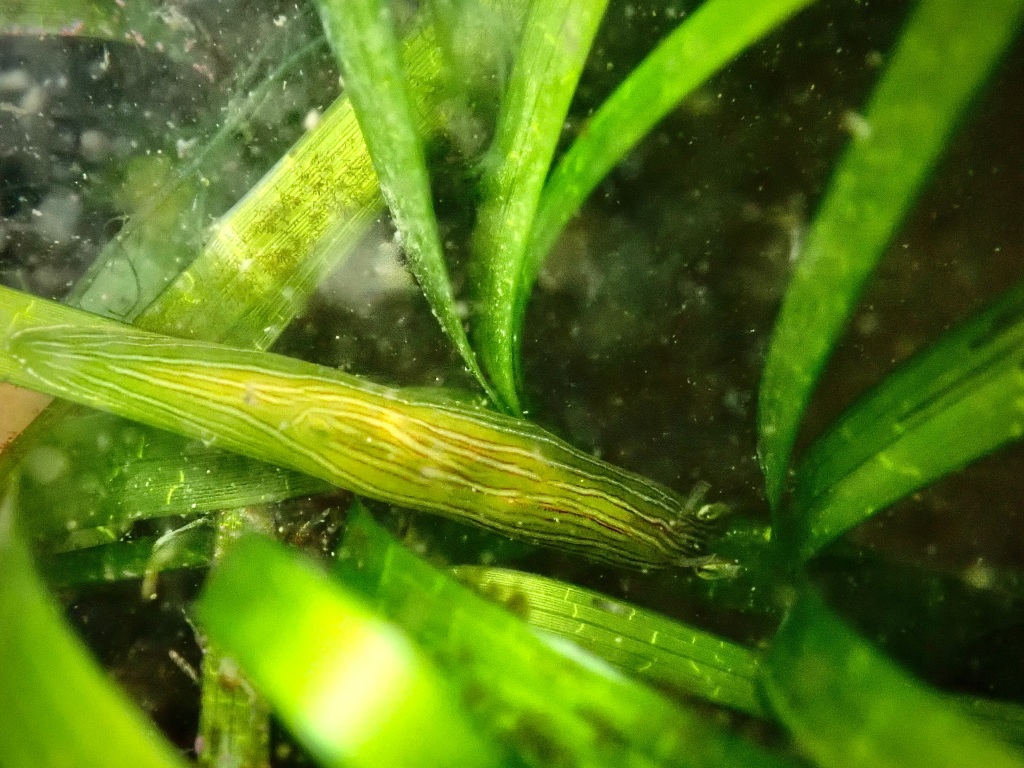
As we’ve already said, these seahares are found almost exclusively on eelgrass where they graze, mate, lay their eggs, and hatch. While occasionally found on other kinds of algae, they never venture far from their homes. Eelgrass grows in calm harbors and bays, in both marine and estuarine environments. The Taylor’s seahare thrives in a range of salinities and temperatures.
Their range extends from British Columbia to Mexico, but destruction of wetlands and estuaries where eelgrass thrives have decreased the number of places you can find these animals.
Behavior
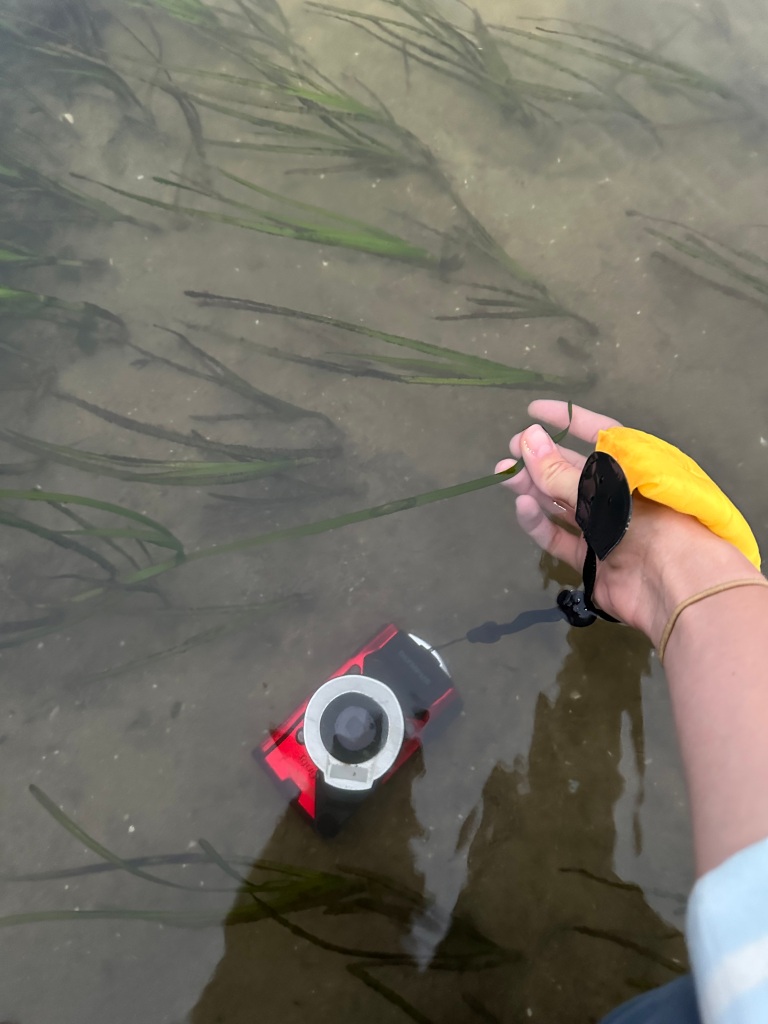
Taylor’s seahares are very predictable animals, with definite cycles and habits. They can be very difficult to find, as they like to wedge their heads between two blades of eelgrass near the roots. Besides their camouflage, this makes locating them even more difficult as they are often deeper in the water. The best time to search for them is during very low tides when the eelgrass is almost entirely exposed, and you can examine the whole blade. You can also find them dock fouling, but their preference for deeper water makes them hard to see unless the tide is low, which usually doesn’t matter for dock fouling. Their eggs, however, are usually easier to spot and are pretty distinctive green clumps without the slug’s stripes to conceal them. If you find eggs, you can be sure that adults are around.
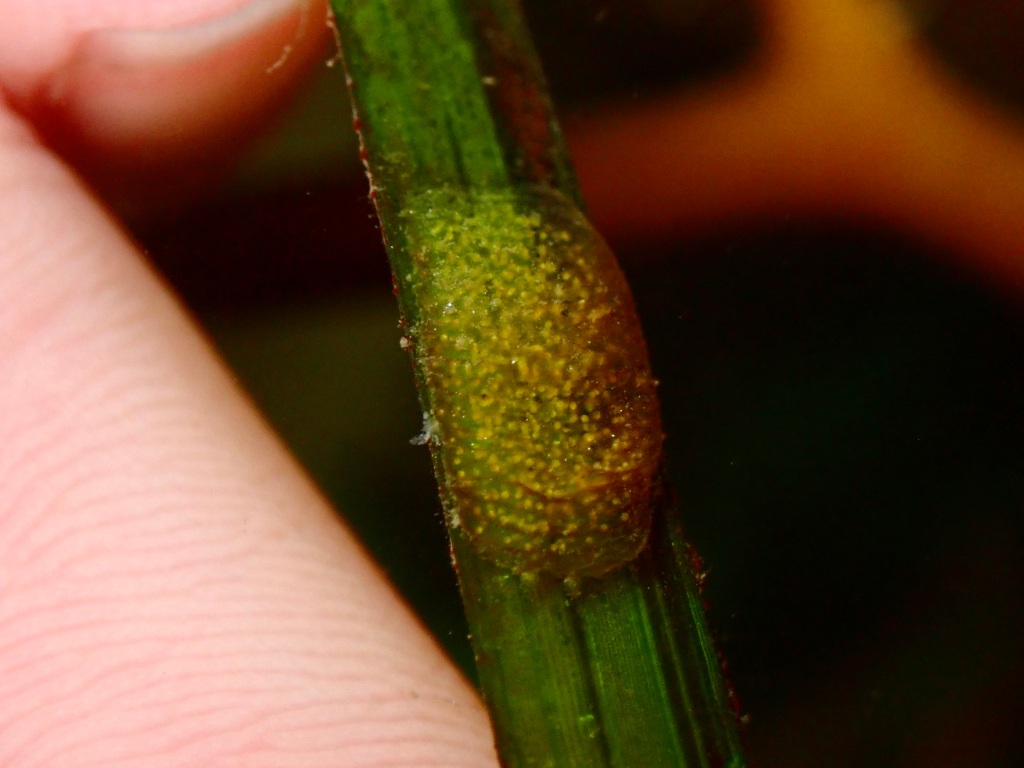
These seahares also have a somewhat unusual development. Most marine herterobranchs (snails and slugs) have a pelagic stage when larvae swim freely as plankton. This allows for species dispersal. But the Taylor’s seahare eggs hatch directly onto the eelgrass as miniature adults without any chance for dispersal. Also unlike other marine heterobranchs, adults of this species have no swimming mechanism. For these reasons, populations can become very isolated from one another even in as close proximity as across a bay. Once removed from an isolated eelgrass bed, the Taylor’s seahare has no way of recolonizing it, unless it is swept off its home eelgrass and coincidentally dropped on another.
Ecological Importance
Many of the more unusual animals I talk about on this blog are fascinating and beautiful, but not common enough to have a large impact on the ecosystem. Often rare, they are a challenge and rewarding for tidepoolers to find, but their disappearance would not likely be noticed on an ecological level. Not so with the Taylor’s seahare.
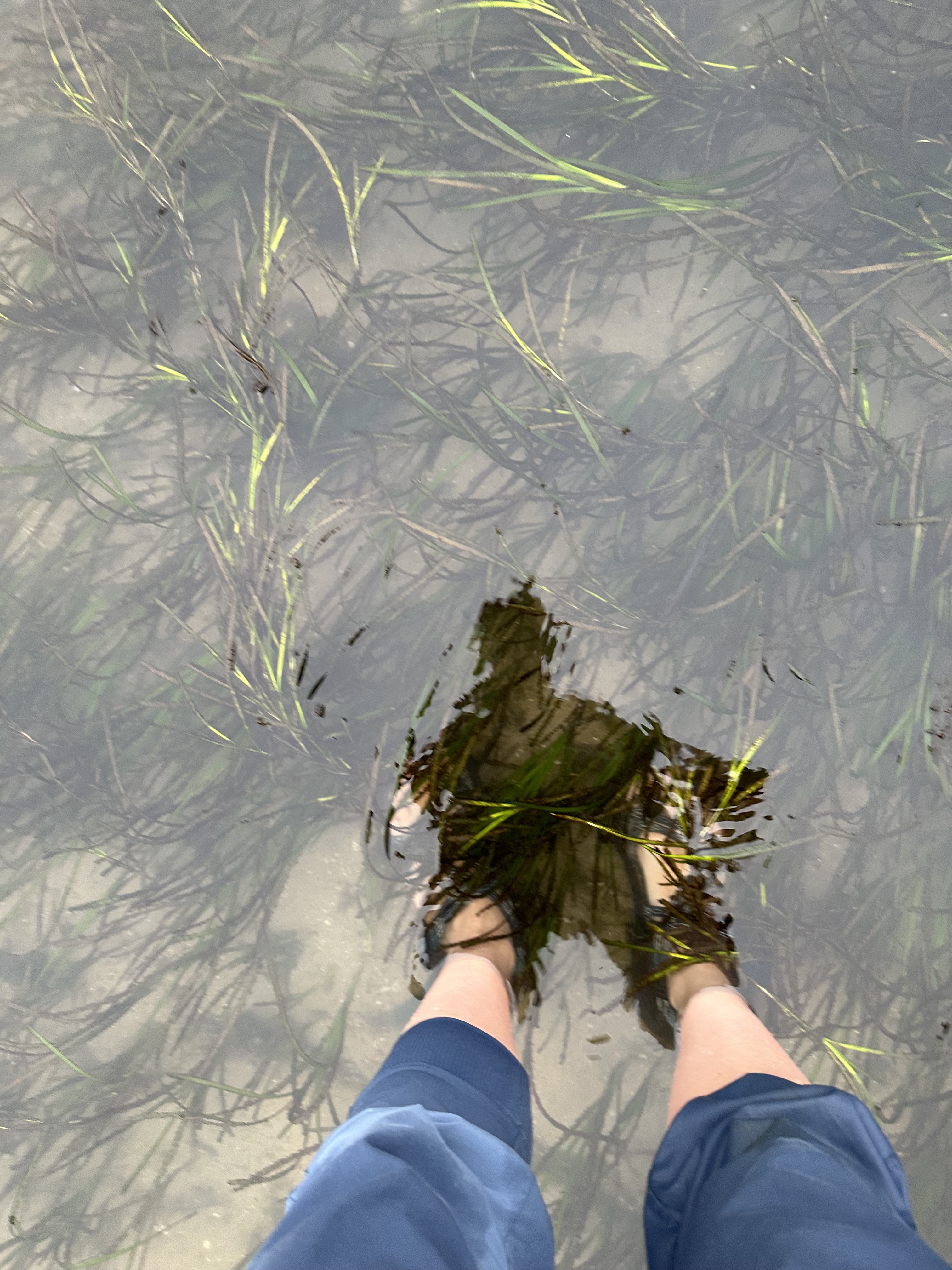
We have already discussed the essentiality of the Taylor’s to a thriving eelgrass environment as they graze the harming epiphytes off the blades. While this might seem like only a neat ecological connection, it likely has an impact on you, as an individual, if you live in coastal California. Eelgrass is incredibly important on our coastlines for three reasons. First, it helps prevent erosion. And I don’t just mean the kind where cliff faces fall into the sea, but the unseen, underwater erosion of sand and mud that gradually shifts the underwater landscape. These changes can pose threats to boats and/or bring higher surf as waves well up and break on new sand deposits. Eelgrass keeps the substrate in place. Second, eelgrass acts as a carbon sink in estuarine areas, soaking up harmful toxins before they reach the ocean. This is extremely important as upstream toxins (usually polluted by humans) are naturally filtered out through estuary plants, like eelgrass. If the eelgrass goes, all those toxins and greenhouse gases like carbon dioxide make it to oceans. Third, eelgrass acts as a nursery for several commercially important animals, like lobsters, and animals that are eaten by commercially important animals, like herring. Without the protection eelgrass provides from predators and strong seas, these populations would decline.
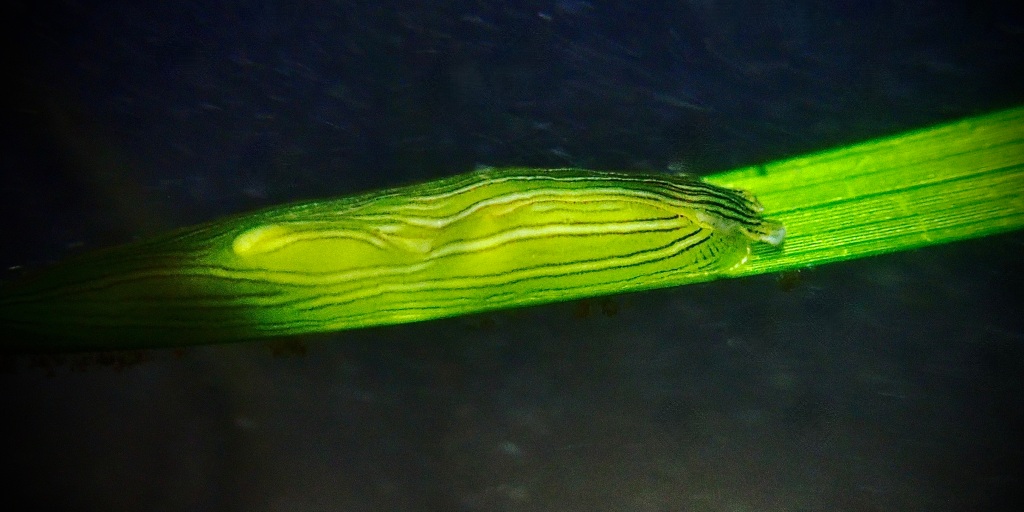
All this connects eelgrass to coastal communities that rely on stable beaches and bays, clean oceans, and commercially and recreationally productive fishing for their livelihood. And a connection to eelgrass means a connection to the Taylor’s seahare which keeps the eelgrass healthy by grazing off tiny epiphytes.
In her environmental science book Silent Spring, Rachel Carson made that observation that “In nature, nothing exists alone.” The natural world and human action are all interconnected and a tiny green sea slug you might not have known existed is plays a role in keeping your community economically — and physically — intact. Every action you — or a Taylor’s seahare — takes in some ways impacts the world around you.
Resources
Phyllaplysia taylori Dall, 1900. Inverts.wallawalla.edu. https://inverts.wallawalla.edu/Mollusca/Gastropoda/Opisthobranchia/Order_Anaspidea/Phyllaplysia_taylori.html. Accessed June 24, 2024.
Richelle L. Tanner, Lindsay E. Faye & Jonathon H. Stillman, “Temperature and salinity sensitivity of respiration, grazing, and defecation rates in the estuarine eelgrass sea hare, Phyllaplysia taylori – Marine Biology,” SpringerLink, https://link.springer.com/article/10.1007/s00227-019-3559-4. July 15, 2019, Accessed, June 24, 2024.
Ricketts, et al. Between Pacific Tides. Fifth ed, Standford University Press, 1939, Print.
Sept, J Duane. The New Beachcomer’s Guide to Seashore Life of California. Harbour Publishing, 2023, Print.
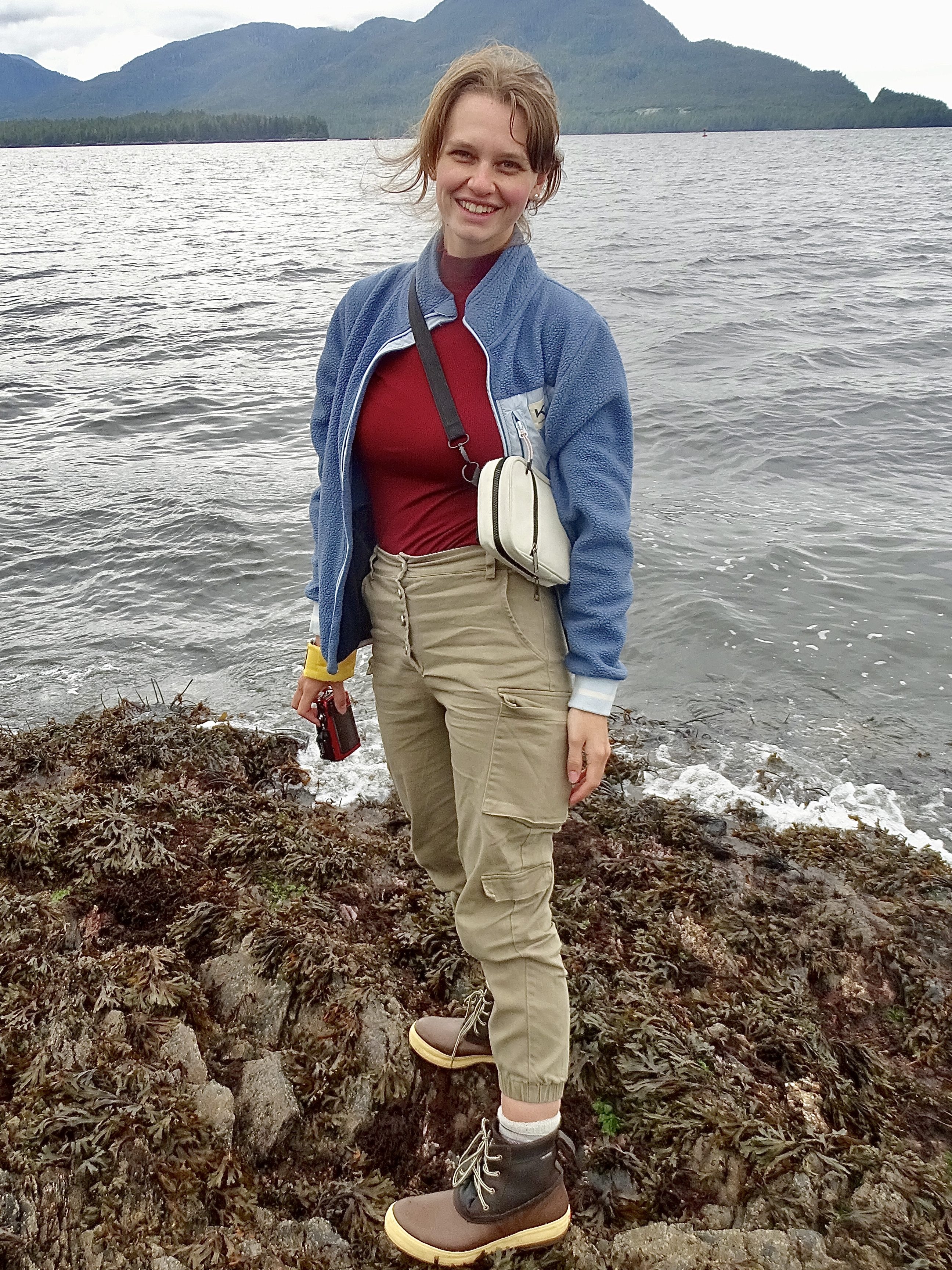
Categories
tags
Subscribe to the blog
Sign up to receive weekly emails with tide pooling information and guides so you never miss a post!

Leave a comment